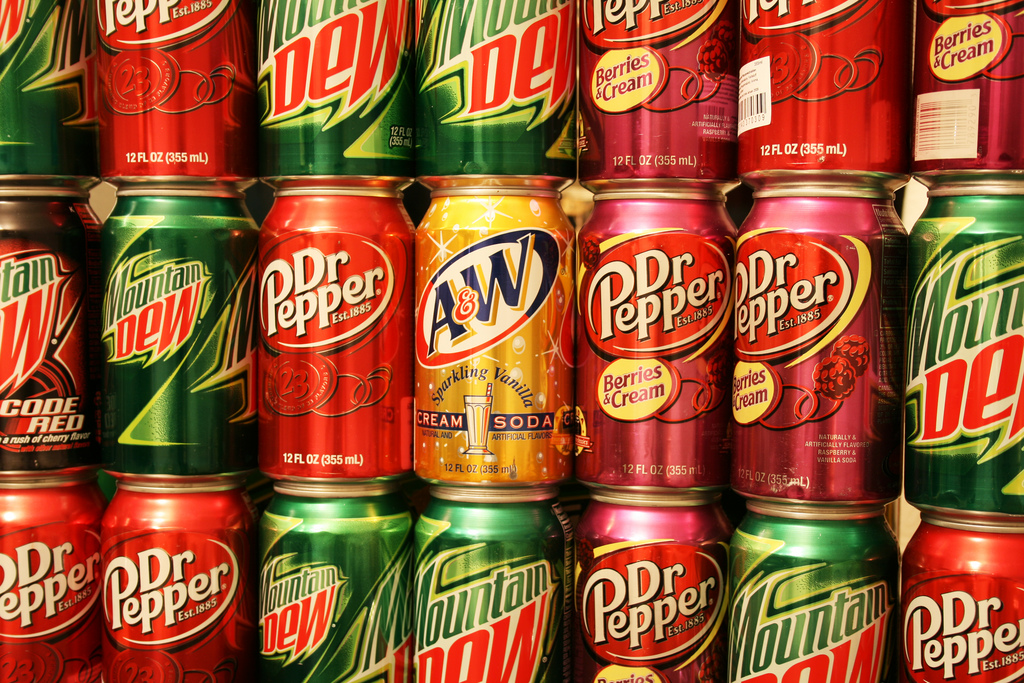Views expressed in opinion columns are the author’s own.
A committee within the Baltimore City Council passed a bill Tuesday to prevent restaurants from offering children soda and other sugary drinks in their kids menus. An adult could still order for them, but this bill attempts to minimize the potential for unhealthy decisions.
While it’s important that Americans realize the dangers of their excessive sugar consumption, this bill isn’t the best way to start changing the population’s habits. Restrictive legislation like sugar taxes and bans aren’t the comprehensive systemic improvements needed to combat an epidemic of misinformation.
The sugar industry has funded biased nutrition studies for more than 50 years, downplaying the risks associated with sugar overconsumption and shifting the blame to fats. As the demand for low-fat products rose, supposedly harmful fat content in the American diet was replaced by sugar, and the country entered an obesity epidemic. Still ingrained in our culture is a fear of fats and dependence on sugar to make food taste good; in 2014, we consumed an average of 77 pounds of added sweeteners, according to the Pew Research Center.
The magnitude of this problem calls for large-scale solutions. The current level of American sugar intake is the result of private industry dismissing or obscuring unfriendly information for decades, and the best way to combat that isn’t to impose restrictions on communities, but rather to educate them.
Targeting children and attempting to reduce their choices at restaurants without having the restaurants directly communicate the reason for such restrictions means this bill could be interpreted as a minor inconvenience. It doesn’t teach children how to make healthy choices because they’re denied the ability to decide for themselves, and it doesn’t stop adults from ordering sugary drinks for them. It changes nothing when they return home and consume soda from the grocery store or other sources.
Additionally, according to a report by the Centers for Disease Control and Prevention, U.S. adults consumed roughly the same amount of calories from sugar-sweetened beverages as youths in 2014. While children have different dietary needs than adults and thus an even lower recommended sugar limit, this bill pushes a “do as I say, not as I do” approach onto youth that prevents it from being as effective as it could be.
Children aren’t the ones deciding to stock their homes with sugar-sweetened beverages, nor do they have the agency to perpetuate cultural change in the same way adults do. It’s the habits of the adults around them that get passed on through the generations and reach wider nets of people.
This isn’t to say Baltimore’s early steps toward curbing sugar consumption are bad, or that this bill shouldn’t have passed. However, it could be a much stronger program. They could learn from the example of Howard County in Maryland, which implemented a multipronged campaign to fight the cultural perception of and misinformation about sugar.
Part of Howard County’s approach included working with health care professionals to relate the risks of excessive sugar consumption, running media campaigns and providing greater access to healthier food options. The accessibility, comprehensiveness and pervasiveness of this approach resulted in an almost 20 percent decline in soda sales within the county.
If Baltimore wants to change its residents’ lifestyles, it needs to challenge their misconceptions about sugar intake. The campaign against sugar should be as intense as the pushback by the sugar industry that created this problem in the first place.
Sona Chaudhary, opinion editor, is a sophomore English and geology major. She can be reached at sonachaud@gmail.com.



